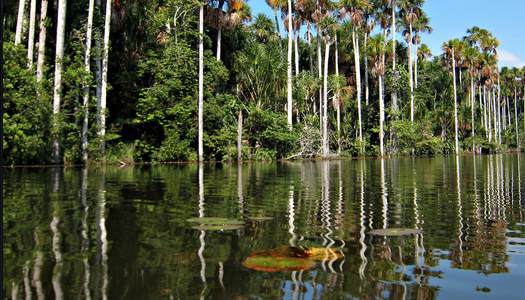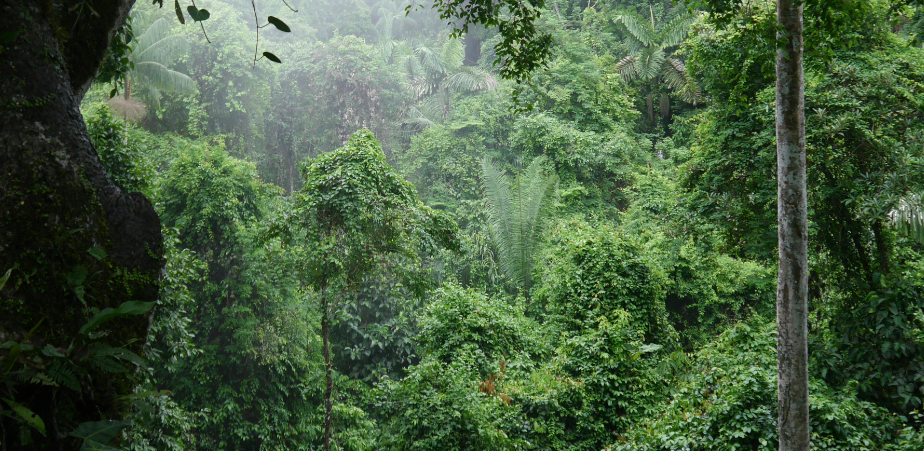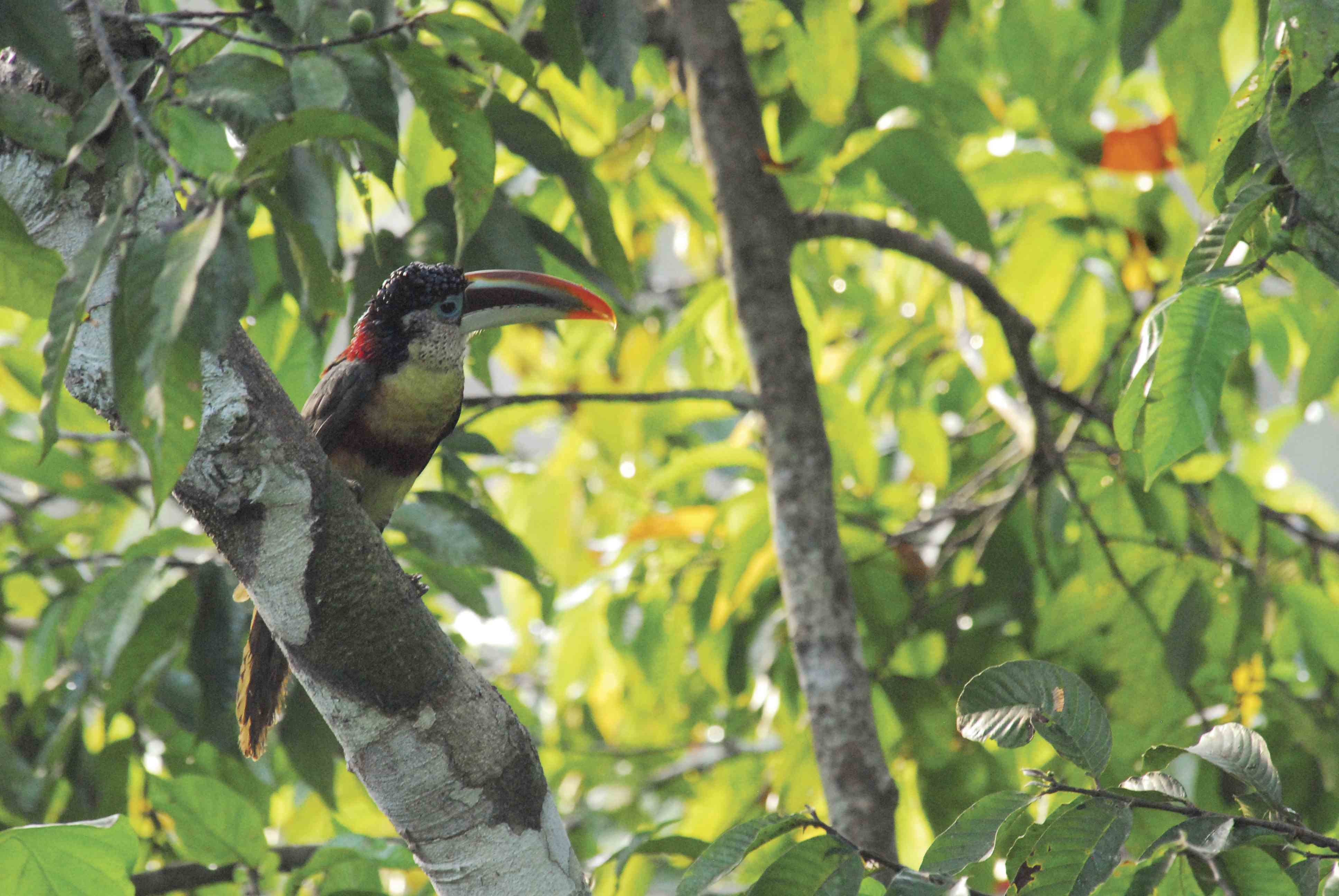21/06/2017
This month, Inkaterra’s founder José Koechlin joined a key meeting with officials and scientists to discuss the crisis in the Madre de Dios region and to present a solution to the local authorities– the implementation of sustainable corridors. The Madre de Dios region is one of the world’s most beautiful and bio diverse landscapes. But this area of the Amazon, which is increasingly popular with tourists, is facing an uphill struggle as it continues to be affected and damaged by the effects of illegal activities such as logging, mining and land trafficking. These activities have a series knock-on effect for the wildlife and biodiversity that live within the Madre de Dios. Lack of soils and forests as well as depleted water sources are all side effects to these illegal practices, which result in animals migrating or dying due to lack of habitat. If we do nothing, connectivity in the Madre de Dios corridor will be lost towards 2040 (…). By the year 2100, high-biodiversity areas will turn into islands, and one the most important places for our planet will be gone. We only have 25 years left to work it out with sustainable corridors, securing landscape connectivity.” These were the warning words spoken by Dr. Dallmeier (Director of the Smithsonian Center for Conservation and Sustainability) recently in a discussion about the importance of protecting the ecological corridors in the Amazon’s Madre de Dios region.

A sustainable corridor is a form of land management. The corridors will link two or more larger blocks of habitable land, which will allow for the safe movement of wildlife, protecting them from the effects of mining and logging. Dr. Dallmeier uses the analogy of the brain and Alzheimer’s disease to explain sustainable corridors: information from the brain travels through the body via the nervous system. When someone suffers from Alzheimer’s, the messages are no longer able to get through and become isolated in the brain. The same thing happens with a depredated forest – connections between ecosytems disappear and the biodiversity becomes isolated, piling up in small areas. Inevitably the biodiversity would then begin to deteriorate and disappear. Sustainable landscape corridors work to reconnect these areas, working to stabilise the fluctuations in wildlife, flora and fauna and assist in repairing their habitat fragmentation.

Protecting and upholding bio-diversity isn’t just crucial for maintaining wildlife, flora and fauna; it is vital to protecting the planet as a whole (including humans). It allows the provision of food and water, regulates climate change and food mitigation among many other things.

Inkaterra’s NGO, Inkaterra Asociación (ITA) are proposing the implementation of 78,758 hectares of conservation corridor in the Tambopata National Reserve. These will run from Bajo Madre de Dios river to the Peru-Bolivia boarder.
